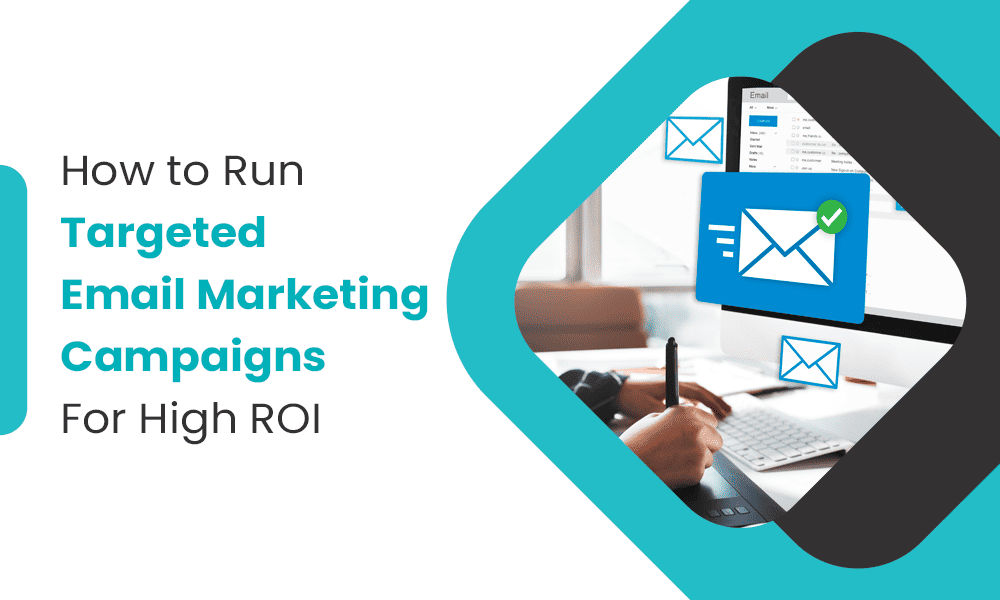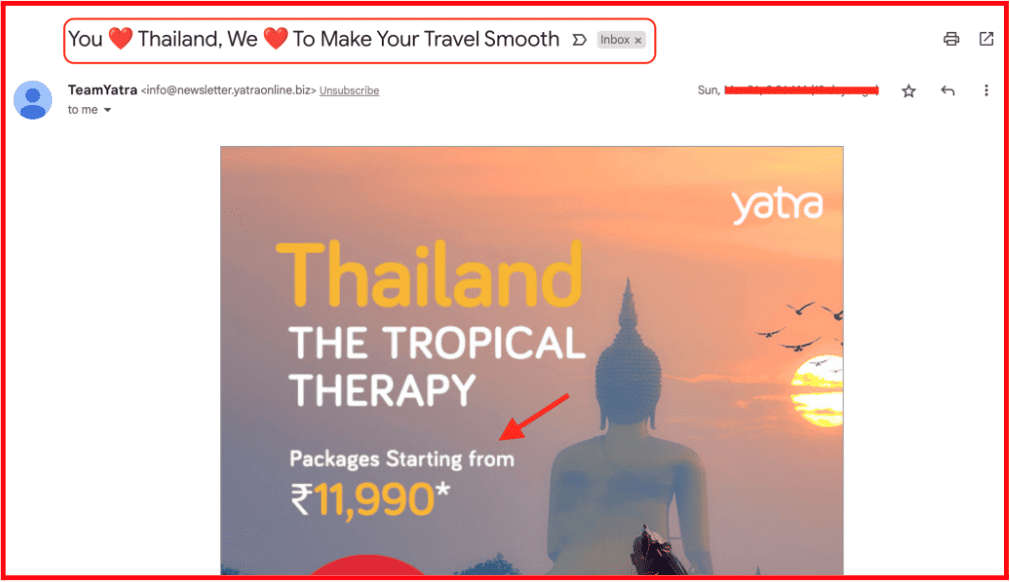The key to a successful email marketing campaign is targeted engagement.
Sending targeted, personalized emails can improve your ROI. But you already knew that. So where does the problem lie?
Targeted email marketing is a powerful tool; however, companies struggle with its execution.
It involves collecting customer data and getting to know who they are and how to interact with them effectively.
This post will guide you through each step on how to create and run an effective email marketing campaign and win over your customers.
Let’s dive in.
Table of Contents
What Is Targeted Email Marketing?
Targeted emails refer to sending the right email at the right time with personalized content.
It involves segmentation of the audience based on their preferences, browsing activity, behavior, and other factors and sending them emails that fit their buying needs.
These targeted emails are all about delivering valuable content to generate and nurture leads.
Customers mostly open and take action on emails that contain information relevant to their needs.
So instead of sending a single promotional email to your entire mailing list, you customize your messages to have personalized one-on-one conversations with different subscribers or audience members.
Sending tailored content makes the subscribers feel special and help build a rapport with them.
Read also: 18 Trending Email Marketing Campaign Ideas [+ Templates]
Benefits of a Targeted Email Campaign
Have you been to Thailand before? I haven’t, and that’s where I want to go next.
In the last few weeks, I have been planning out my itinerary, and it’s no surprise that Yatra, an online travel agent, happened to send me this email with the subject line:
You ❤ Thailand, We ❤ To Make Your Travel Smooth
Of course, I opened the email because it catered exactly to my needs.
They must have tracked my browsing activities on their website and knew what to send me immediately.
This is exactly how targeted email marketing works: When you send tailored emails, it increases the chance of getting a response.
It’s not necessary that they might take action right away, but it helps build a relationship with them. They are more likely to engage with your email, and in the process, you can nurture them to eventually convert them into paying customers.
In essence, running a targeted email campaign –
- Allows you to segment the audience and send relevant messages
- Keeps your customers engage and help build a long-term rapport
- Has a direct impact on your ROI
- Increases the chance of retention, which results in building a loyal community
Read also: Master All the Key Types of Email Marketing Campaigns
5 Steps for Running a Targeted Email Marketing Campaign
Whether you are a small business or a well-established enterprise, email marketing is applicable for all sizes of businesses.
It starts with choosing the right email marketing software that allows you to automate the process of segmenting your audience, creating contact lists, and running email sequences based on predefined criteria.
Running a targeted email marketing campaign is a five-step process. Let’s look at each step in detail.
Step #1: Gather all necessary data
The first thing you need to do is collect as much information as possible about your customers so that you can segment them the right way.
The basic customer information should include name, age, location, behavioral activity, etc.
Based on this information, the segmentation is done. However, a brand must also create segmentation specific to its store needs.
For instance, a clothing brand would like to create segments based on consumers’ color preferences.
Segmenting audiences based on their preferences will allow you to show products that they have the highest chance of buying them.
And once you define your data, you can use different ways to collect that information.
For instance, you can adjust your sign in forms to know more about your subscribers.
You can also seek permission to collect cookies so that you can carefully track their browsing activities on your site.
Read also: Email Retargeting Blueprint For Your Business [+ Examples]
Step #2: Integrate all existing automation platforms
For most companies, their customer data is spread all over the place.
Information is collected from different sources, and the problem arises when these data sets are kept in siloes.
There’s a need to unify all the existing systems, such as CRM, social media platforms, POS, or any other tools with email automation platforms.
Once you integrate the platforms, all the information is stored in one place and gets updated automatically when you add new customers or churn one.
Read also: Re-Engagement Emails 101: A Guide [With Templates]
Step #3: Create content for each segment
Once you have defined your segment, you need to define your persona.
It means putting a name and face to each segment. This is essential because when you have created a customer profile, you know who you are talking to and what offer will interest them.
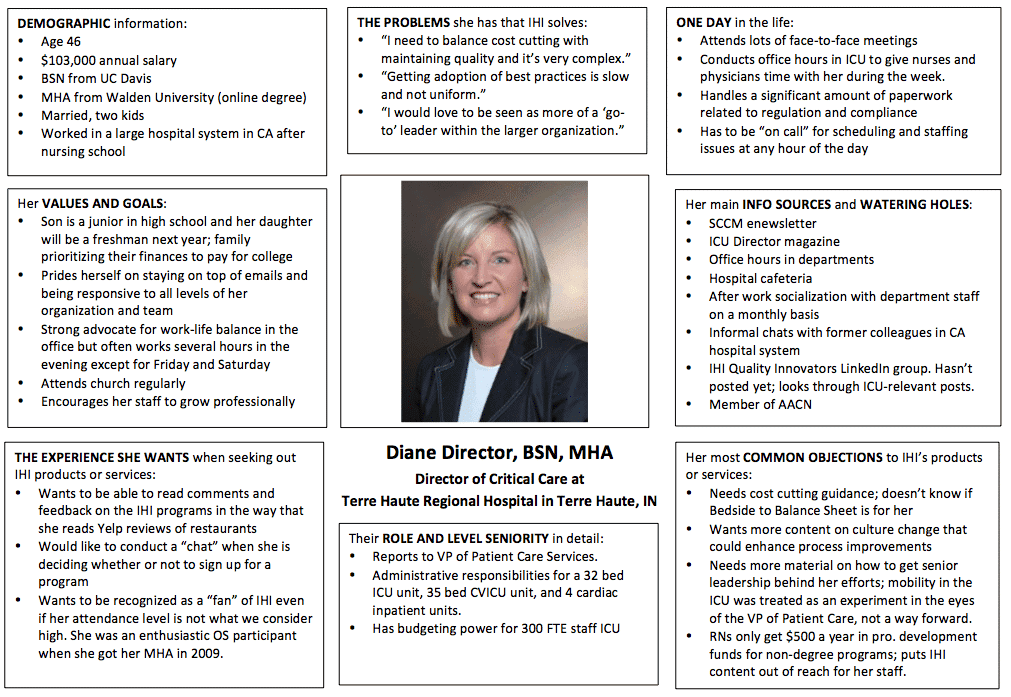
This is what a persona profile looks like.
Let’s say your business deals in hair products. You wouldn’t sell the same product to all your customers.
You will segment them based on their hair type, hair quality, etc., and sell them products specifically designed for their needs.
Once you have created a buyer persona, drafting an email is easy. Write an email as if you are having a conversation with them.
Consider what you would say to them in person and how your solution can be effective.
These hair products by Fix My Curls, a hair care brand, are specifically curated for consumers with dry hair problems.

Obviously, you wouldn’t target the same product for frizzy hair. They would need a different fix for it.
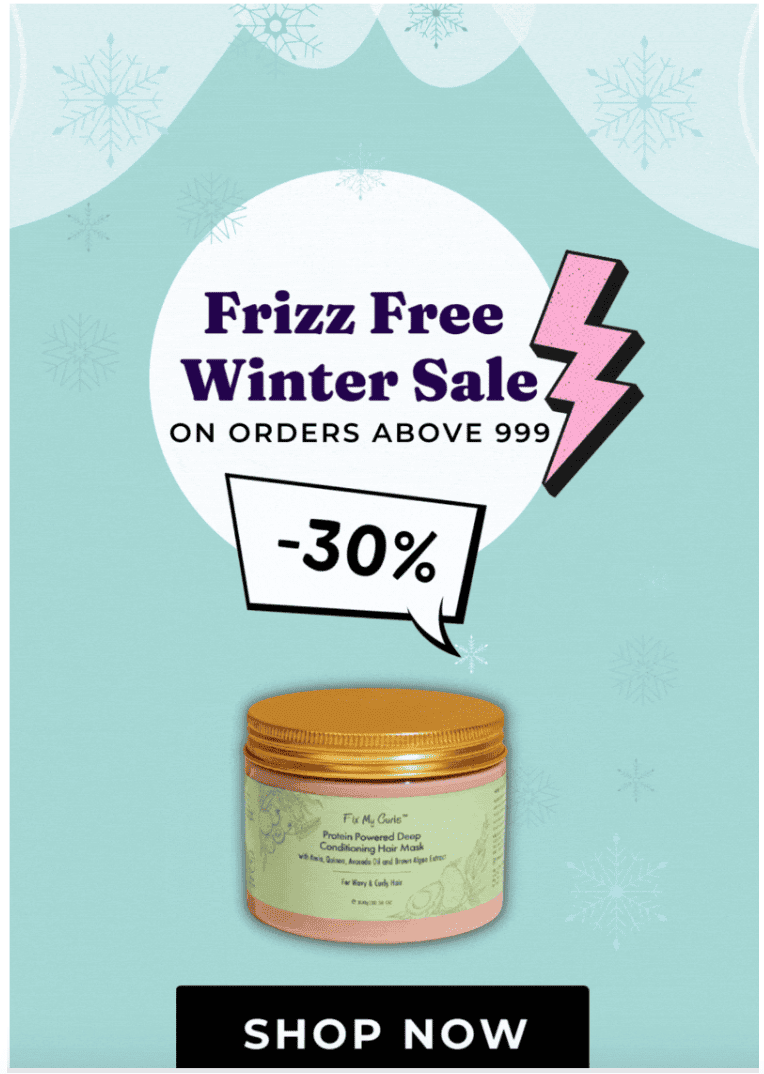
Step #4: Choose the right email marketing platform
Unless you have a great email marketing platform at your disposal, all your efforts to run a targeted email campaign can go in vain.
A smart email marketing platform allows you to automate the process of collecting data, segmenting your audience, and sending triggered emails based on the actions taken.
Besides, it should offer seamless integration across various platforms so that it can capture all necessary data and auto-segment your contact.
For instance, a prospect browsing curly hair products will not be interested in products for straight hair.
Segmenting them at the beginning itself will help you send targeted content personalized to their interest.
If not advanced, it should offer the basic needs of segmenting and automating the process of sending emails.
Read also: Drip Campaign Examples To Transform Your Email Strategy
Step #5: A/B test and measure your targeted email marketing campaigns
Once you have sent those emails, your work is not quite done yet.
You need to keep track of how your subscribers are reacting to it.
Measure different KPIs such as open rates, close rates, unsubscribers, clickthrough rates, and others to understand what’s working and what’s not.
This information will help you adjust your further campaigns and achieve higher ROI.
You can even run an A/B test, i.e., create two variations of the same email with minor differences and see which one has the most impact.
Read also: Targeted Advertising Messages And How They Work
Best Strategies for Effective Targeted Email Marketing
I have said this repeatedly: segmenting is the key to building an effective targeted email campaign.
When your contacts are properly segmented, your emails will get them to take action right away.
1. Targeting by location
Targeting by location is one of the most basic and easiest ways of segmentation.
Let’s say you deal in apparel worldwide, you would want to target based on the climate or season of each customer’s location.
Similarly, you should run an offer for a specific region or give out free shipping to certain areas.
2. Targeting by customer lifecycle
Not all customers are in the same stage.
While some might be new, you will also have some old as well as unengaged customers who haven’t interacted with your brand for quite some time now.
Based on the stage of their lifecycle, you need to have different sets of emails for them.
For instance, for customers with a lack of engagement since their last purchase, you can send out emails with offers to grab their attention.
Similarly, you can send your old customer a product recommendation email or any new collection launch update.
Here’s how H&M, an apparel brand, does it every time they launch a new collection.
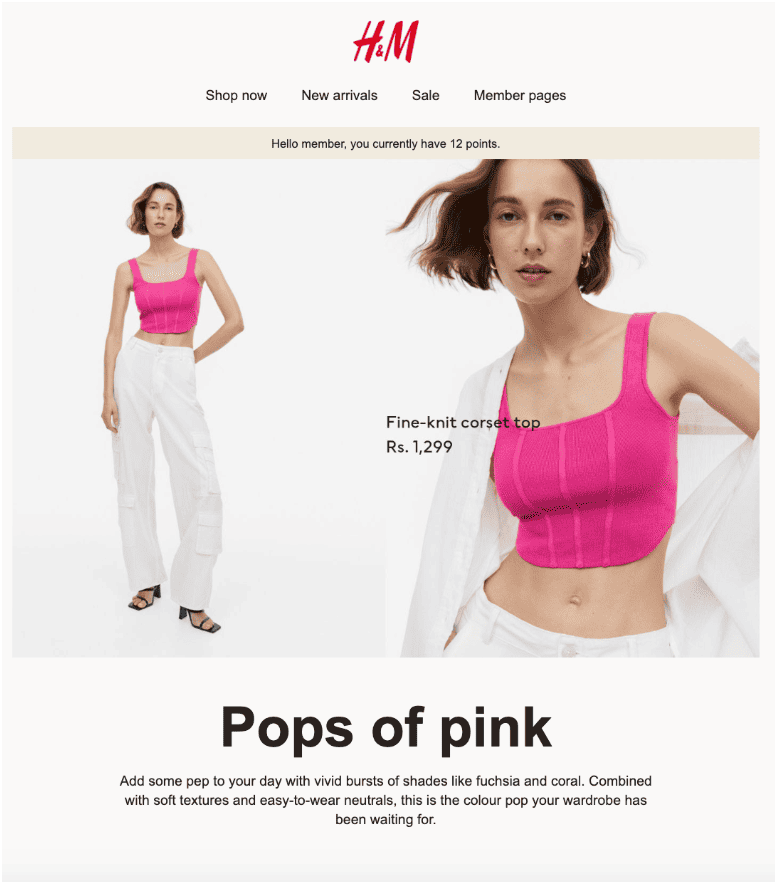
3. Targeting by behavior
Targeting by behavior is about how a customer engages with your site.
Let’s say a customer visits your site, browses through your product page, and leaves the site.
In such cases, you can send them emails with your product demo or ask them to schedule an appointment if they need any particular assistance.
Another scenario could be where a customer goes to a specific product page, adds them to their cart, but abandons it before making a purchase.
If you are an eCommerce brand, cart abandonment is a common email type. Here’s a cart abandonment email example you can send to consumers who left without placing the final order.
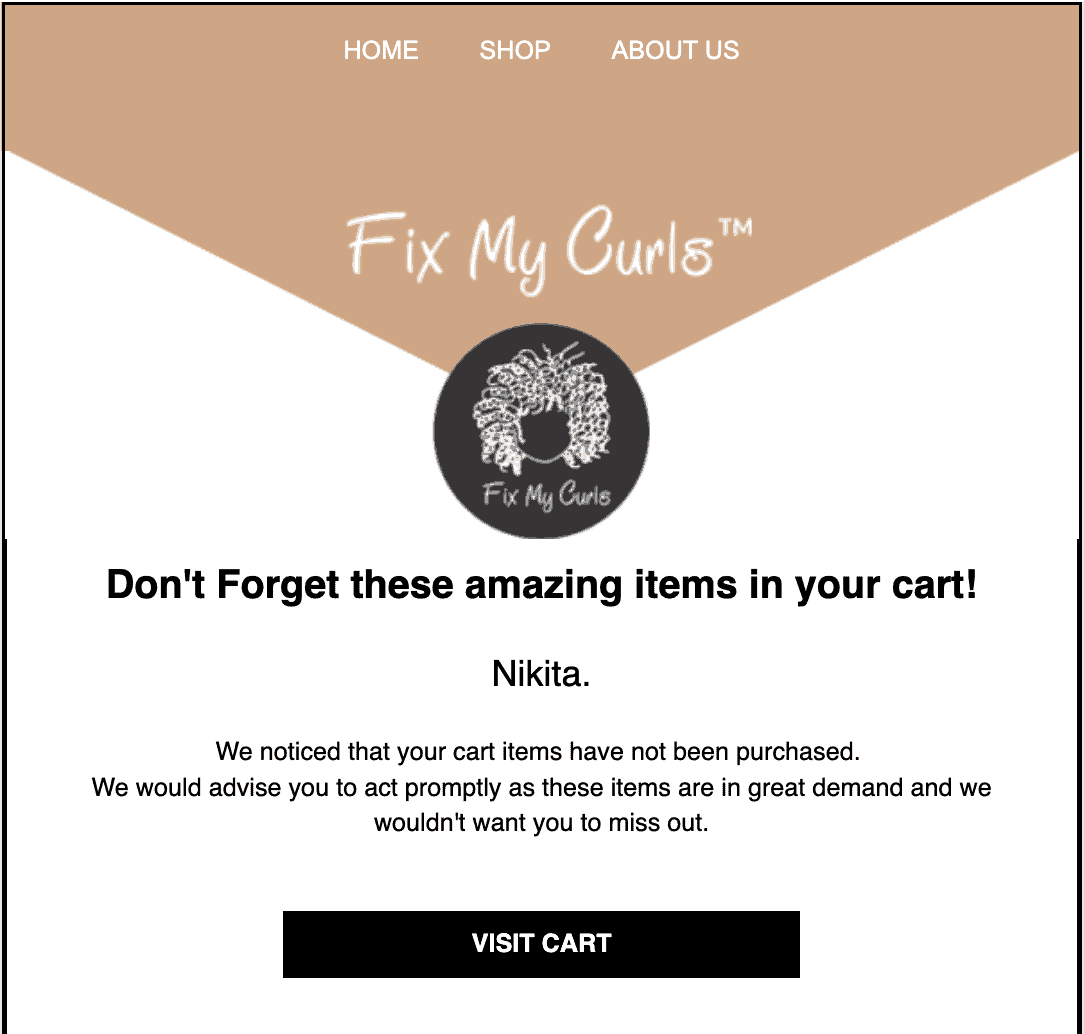
For customers who complete their purchases, you can send them product recommendations for cross-selling via emails to increase revenue.
Track your customers’ behavior and use that information for email marketing.
Read also: A Step-by-Step Guide on Email Marketing for Small Businesses
4. Targeting by customer’s preferences and needs
The next step is to understand what your customers like and what they don’t.
This information can be collected based on their purchase history, browsing activity, collect surveys, etc.
When a customer enters your website, they have something in mind. If you can help them find what they need, it can increase your chance of conversions.
Sending product recommendation emails or regular newsletters to keep them posted can help nurture them.
In fact, many eCommerce brands allow their customers to customize the type of emails they want to receive.
The more relevant your promotional emails are, the higher the chance of conversions.
In the end, you should focus on providing value to your consumers while delivering emails to their inboxes.
Here’s an example of a product recommendation email for Amazon Associates who are a part of their affiliation program.
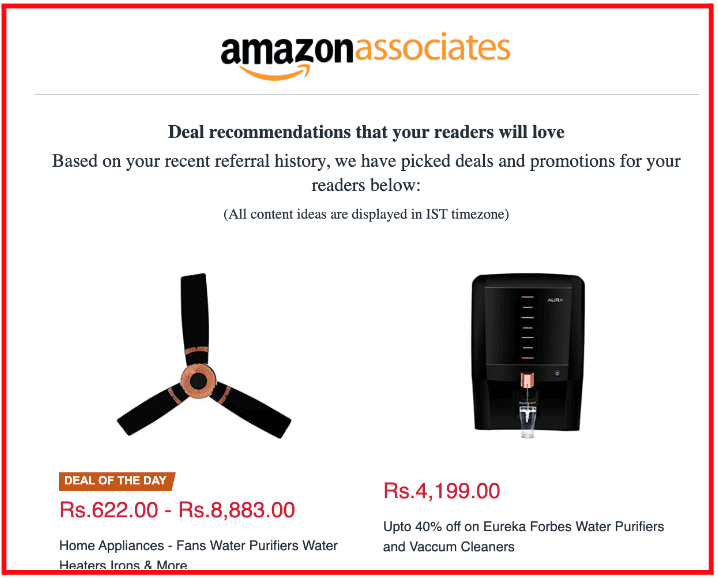
Read also: 10 Examples of Email Marketing Strategies That Work
Send Highly Tailored Targeted Emails and Increase Revenue
Running a targeted email campaign is not hard if you know what you are doing.
The first step is to integrate all customer touchpoints and gather as much information as possible about your audience.
Using the right email software, segment them right and send personalized emails catering to individual needs.
If you are looking for affordable yet powerful email marketing software, EngageBay is your best bet.
It comes equipped with all the necessary tools for running a drip email campaign or sending broadcasts, allowing you to save time and effort.
Get a demo today!
